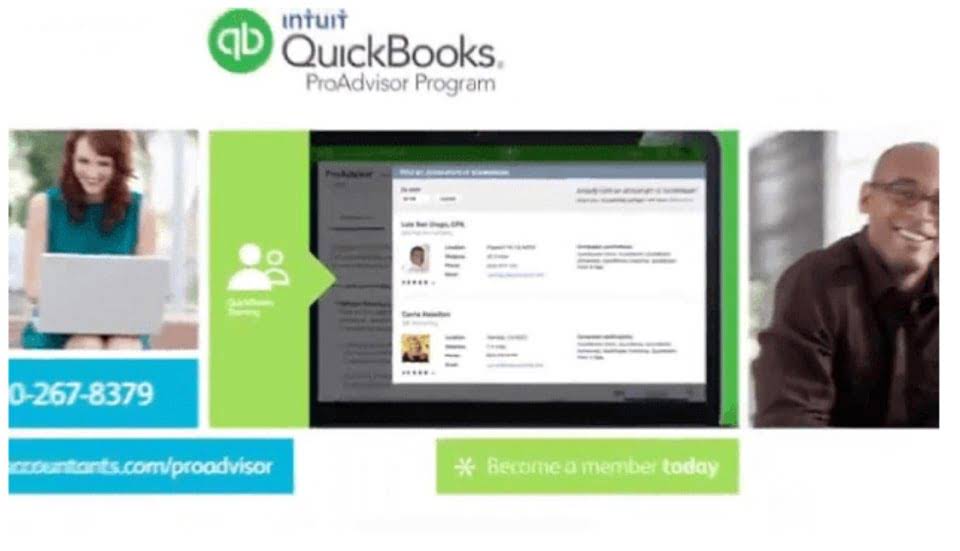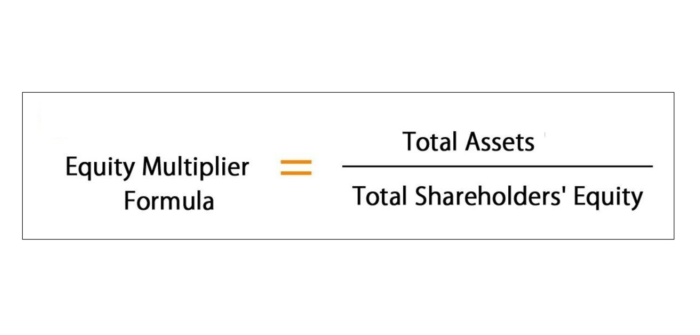This makes the discounted period more accurate but also more difficult to calculate. The Discounted Payback Period (DPBP) is an improved version of the Payback Period (PBP), commonly used in capital budgeting. It calculates the amount of time (in years) in which a project is expected to break even, by discounting future cash flows and applying the time value of money concept.
This is assuming that the investment would make regular payments to repay the money. Discounted Payback Period is a financial metric used to determine the time it takes for an investment to recoup its initial cost while considering the time value of money. The discounted payback period of 7.27 years is longer than the 5 years as calculated by the regular payback period because the time value of money is factored in. The Discounted Payback Period does not consider cash flows that occur after the payback period and might involve subjective decisions in setting the discount rate. Unlike other methods of capital budgeting, the payback period ignores the time value of money (TVM). This is the idea that money is worth more today than the same amount in the future because of the earning potential of the present money.
Many managers and investors thus prefer to use NPV as a tool for making investment decisions. The NPV is the difference between the present value of cash coming in and the current value of cash going out over a period of time. The payback period disregards the time value of money and is determined by counting the number of years it takes to recover the funds invested. For example, if it takes five years to recover the cost of an investment, the payback period is five years. The term payback period refers to the amount of time it takes to recover the cost of an investment. Simply put, it is the length of time an investment reaches a breakeven point.
Given a choice between two investments having similar returns, the one with shorter payback period should be chosen. Management might also set a target payback period beyond which projects are generally rejected due to high risk and uncertainty. One of the disadvantages of discounted payback period analysis is that it ignores the cash flows after the payback period. Thus, it cannot tell a corporate manager or investor how the investment will perform afterward and how much value it will add in total. The shorter the discounted payback period, the quicker the project generates cash inflows and breaks even.
A discounted payback period is used as one part of a capital budgeting analysis to determine which projects should be taken on by a company. A discounted payback period is used when a more accurate measurement of the return of a project is required. This discounted payback period is more accurate than a standard payback period because it takes into account the time value of money. The discounted payback period involves using discounted cash inflows rather than regular cash inflows. It involves the cash flows when they occurred and the rate of return in the market. Second, we must subtract the discounted cash flows from the initial cost figure in order to obtain the discounted payback period.
Alternatively we can use present value of $1 table to obtain these factors. The net method records the purchase as if the discount was automatically taken. The gross method, on the other hand, records the sale assuming the discount wasn’t taken. Tim’s Golf store purchases clubs from Nike every few months to sell to its customers. Nike usually offers Tim a 2% discount if he pays the entire invoice in ten days. The full invoice will be due in 30 days if Tim choices not to take advantage of the discount.
- In other words, the investment will not be recoveredwithin the time horizon of this projection.
- The discount rate is typically the project’s cost of capital or the company’s weighted average cost of capital (WACC), reflecting the risk and opportunity cost of the invested capital.
- The payback period will be the same whether or not you apply a discount rate.However, for a discounted cash flow project, the payback period changes when you apply a discount rate.
- Assume Company A invests $1 million in a project that is expected to save the company $250,000 each year.
- This is especially useful because companies and investors frequently have to choose between multiple projects or investments.
- This is assuming that the investment would make regular payments to repay the money.
It can be used by homeowners and businesses to calculate the return on energy-efficient technologies such as solar panels and insulation, including maintenance and upgrades. From another perspective, the payback period is when an investment breaks even from an accounting standpoint. Discounted payback, in contrast, includes the time value of money, so it is viewed from a financial perspective. To begin, we must discount (that is, bring to present value) the cash flows that will occur throughout the project’s years. Option 1 has a discounted payback period of5.07 years, option 3 of 4.65 years while with option 2, a recovery of theinvestment is not achieved. The following tables contain the cash flowforecasts of each of these options.
While comparing two mutually exclusive projects, the one with the shorter discounted payback period should be accepted. Calculate the discounted payback period of this project if Mr Smith is using a discount rate of 10%. Enter the total investment amount, yearly cash flow, and average return or discounted rate into the calculator to determine the discounted payback period in years.
When deciding on which project to undertake, a company or investor wants to know when their investment will pay off, i.e., when the project’s cash flows cover the project’s costs. In any case, the decision for a project option or an investment decision should not be based on a single type of indicator. You can find the full case study here where we have also calculated the other indicators (such as NPV, IRR and ROI) that are part of a holistic cost-benefit analysis. The formula for the simple payback period and discounted variation are virtually identical.
Discounted Payback Periods Explained
This is one of the most common discount arrangements and is traditionally referred to as a 2/10 n/30 or https://www.wave-accounting.net/ 2/10 net/30 trade discount. Discount period vary from industry to industry and from product to product.
It is calculated by taking a project’s future estimated cash flows and discounting them to the present value. In project management, this measure is often used as a part of a cost-benefit analysis, supplementing other profitability-focused indicators such as internal rate of return or return on investment. It can however also be leveraged to measure the success of an investment or project in hindsight and determine the point at which an initial investment has actually paid back. The discounted payback method takes into account the present value of cash flows. A project may have a longer discounted payback period but also a higher NPV than another if it creates much more cash inflows after its discounted payback period.
If the initial investment is $1,000, and the sum of the discounted cash flows reaches $1,000 in 3.5 years, the discounted payback period is 3.5 years. This period is crucial as it indicates when the project starts generating a net positive return, considering the time value of money. The rest of the procedure is similar to the calculation of simple payback period except that we have to use the discounted cash flows as calculated above instead of nominal cash flows.
Forecasted future cash flows are discounted backward in time to determine a present value estimate, which is evaluated to conclude whether an investment is worthwhile. In DCF analysis, the weighted average cost of capital (WACC) is the discount rate used to compute the present value of future cash flows. WACC is the calculation of a firm’s cost of capital, where each category of capital, such as equity or bonds, is proportionately how to prepare and analyze a balance sheet weighted. For more detailed cash flow analysis, WACC is usually used in place of discount rate because it is a more accurate measurement of the financial opportunity cost of investments. WACC can be used in place of discount rate for either of the calculations. The discounted payback period is the period of time over which the cash flows from an investment pay back the initial investment, factoring in the time value of money.
Subscribe to be notified of new content on MarketSplash.
All else being equal, it’s usually better for a company to have a lower payback period as this typically represents a less risky investment. The quicker a company can recoup its initial investment, the less exposure the company has to a potential loss on the endeavor. The breakeven point is the price or value that an investment or project must rise to cover the initial costs or outlay. The answer is found by dividing $200,000 by $100,000, which is two years. The second project will take less time to pay back, and the company’s earnings potential is greater. Based solely on the payback period method, the second project is a better investment if the company wants to prioritize recapturing its capital investment as quickly as possible.
Retirement Calculators
It enables firms to compare projects based on their payback cutoff to decide which is most worth it. After the initial purchase period (Year 0), the project generates $5 million in cash flows each year. If undertaken, the initial investment in the project will cost the company approximately $20 million. Because of the opportunity cost of receiving cash earlier and the ability to earn a return on those funds, a dollar today is worth more than a dollar received tomorrow.
This approach might look a bit similar to net present value method but is, in fact, just a poor compromise between NPV and simple payback technique. The discounted payback period is a projection of the time it will take to receive a full recovery on an investment that has an accompanying discount rate. The Payback Period Calculator can calculate payback periods, discounted payback periods, average returns, and schedules of investments.
Discounted Payback Periods: Definition, Examples & Key Insights
From above example, we can observe that the outcome with discounted payback method is less favorable than with simple payback method. Since discounting decreases the value of cash flows, the discounted payback period will always be longer than the simple payback period as long as the cash flows and discount rate are positive. The discounted payback period is a modified version of the payback period that accounts for the time value of money. Both metrics are used to calculate the amount of time that it will take for a project to “break even,” or to get the point where the net cash flows generated cover the initial cost of the project.






